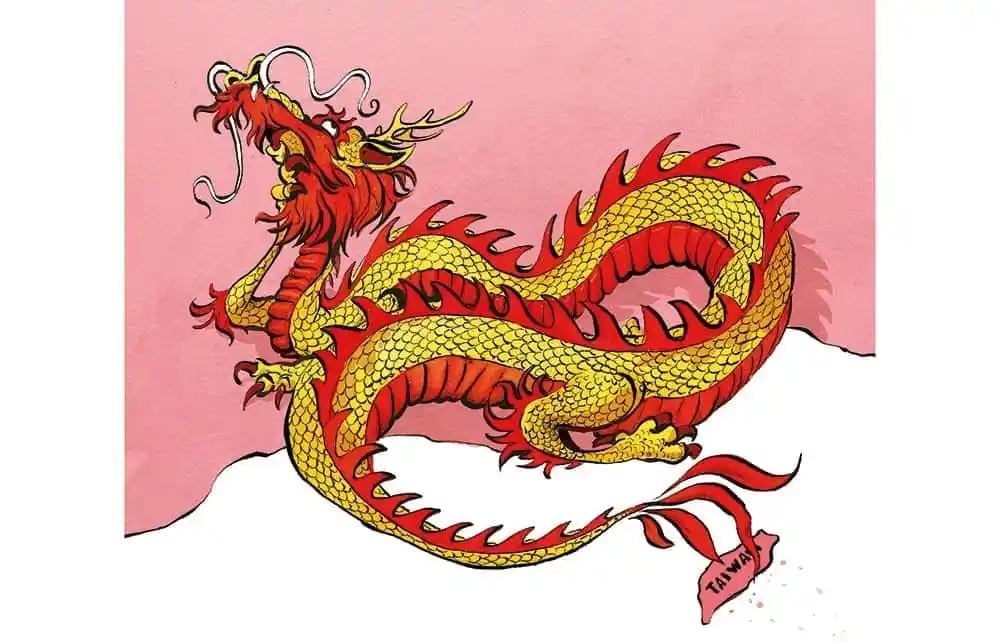Taipei
I arrive here shortly after Taiwan National Day, which is 10 October. The day might seem strangely chosen, because the date commemorates the Wuhan Uprising in 1911, the spark for the revolution which overthrew China’s last imperial dynasty and created the Republic of China. At that time, the island of Taiwan did not benefit. It had been ruled since 1895 by Japan and continued thus until Japan’s surrender in 1945. The reason 10 October is the National Day is because the ‘nation’ referred to is the whole of China, not Taiwan. When Chiang Kai-Shek, the Kuo Min Tang (KMT) generalissimo, was defeated by the communist revolution in 1949, he fled to Taiwan. He ruled Taiwan, but laid claim to the entire Republic of China (ROC) – the mainland plus Taiwan – and repudiated Chairman Mao’s People’s Republic of China (PRC). In formal terms, and despite the loss of diplomatic status after the United States switched horses and recognised communist China in 1979, Taiwan is still the ROC, still laying claim to the mainland. The PRC still lays claim to Taiwan. So Taiwan has never been formally recognised as a nation by either claimant. Beijing hates its regime and wants to ‘reunify’ island and mainland. The KMT hates the Chinese Communist party, but also dreams of China reunified.
This ambiguity has always been dangerous and currently threatens world peace, but when you get to the place itself, you find it in good working order. Modern Taiwan is a prosperous, democratic, innovative, low-crime and cheerful place in which people tell you directly what they think in a way which challenges the stereotype of the Oriental mind. After three quarters of a century, it has perfected the art of the impossible.









Comments
Join the debate for just £1 a month
Be part of the conversation with other Spectator readers by getting your first three months for £3.
UNLOCK ACCESS Just £1 a monthAlready a subscriber? Log in